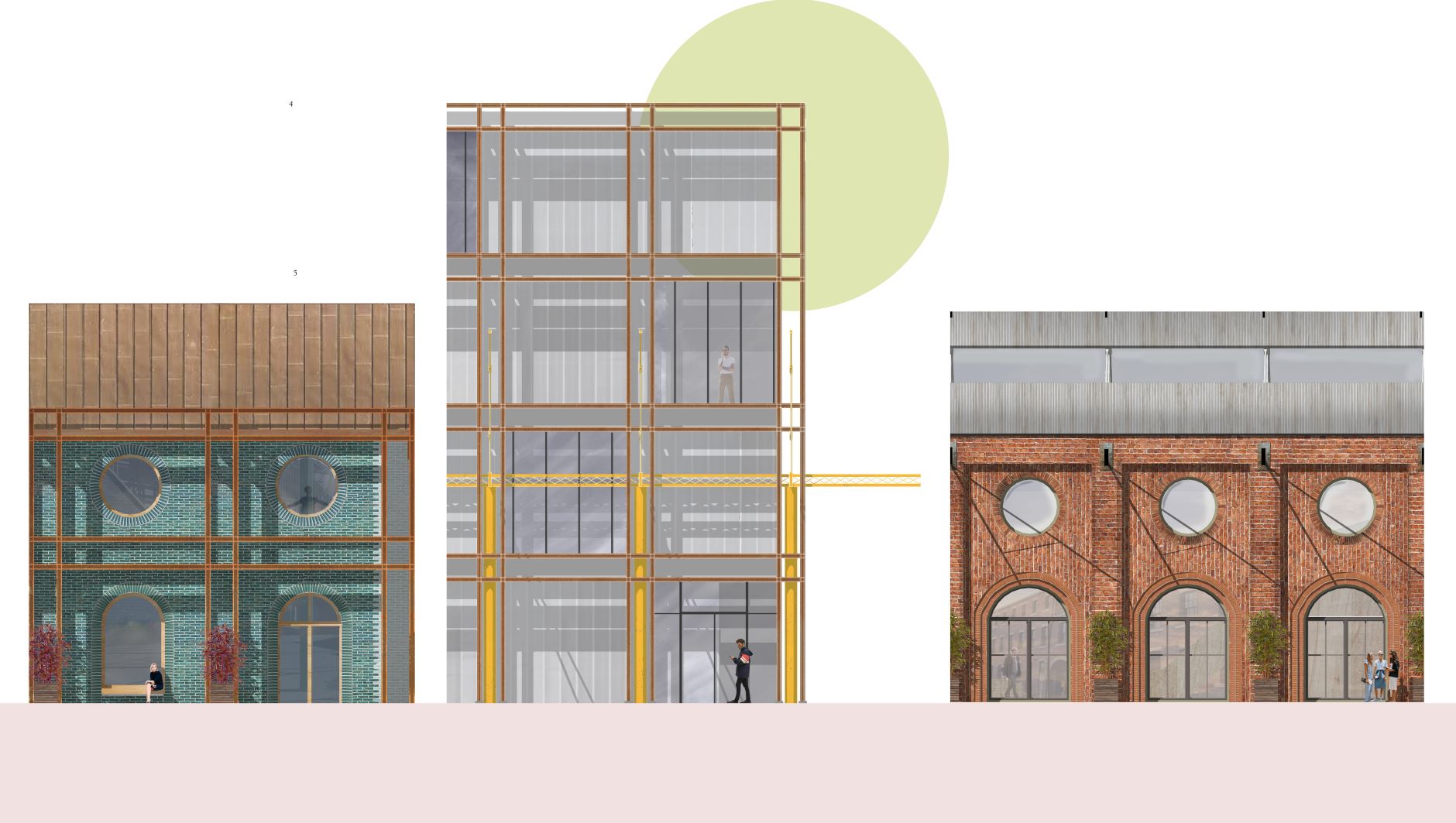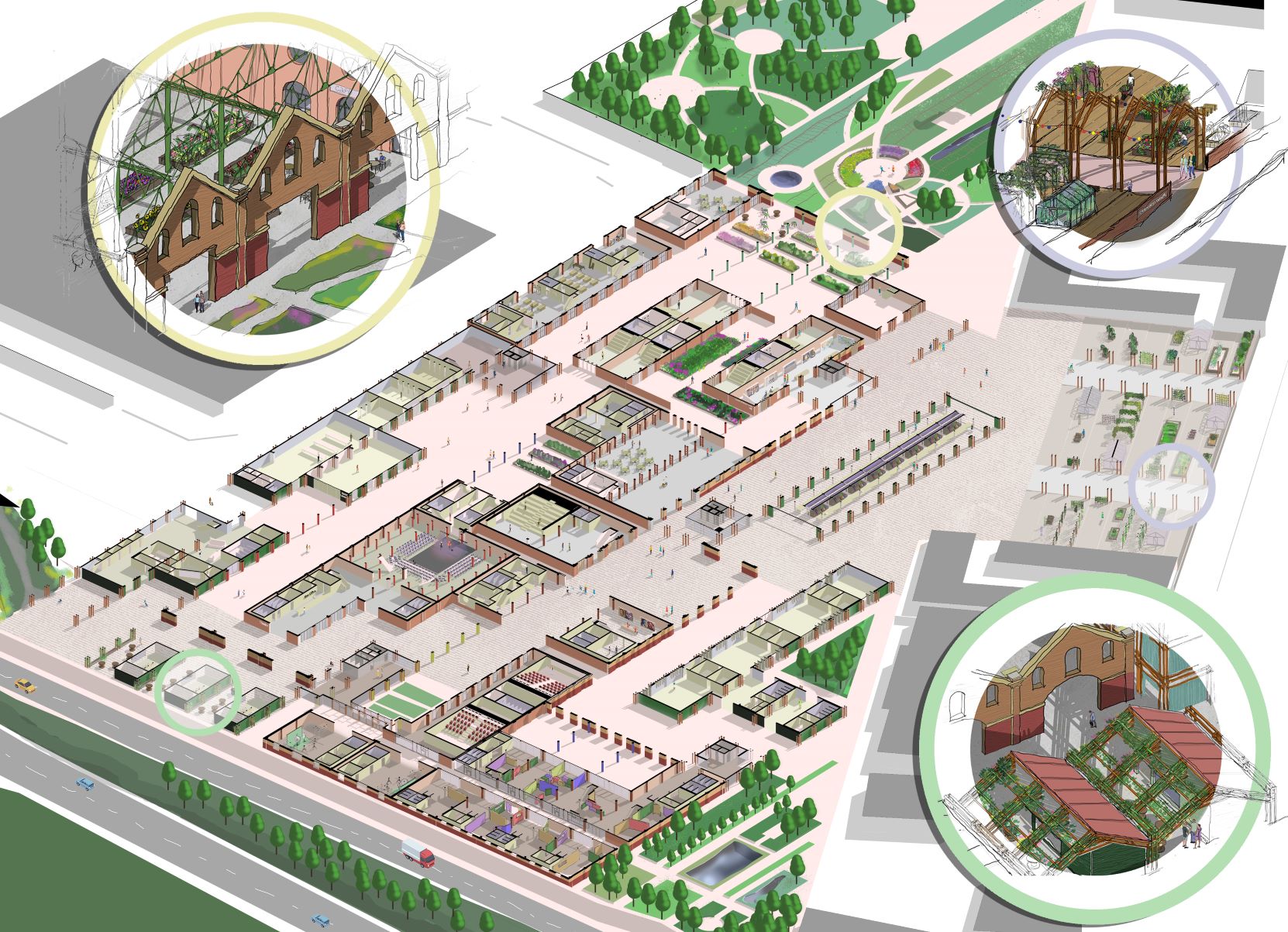My thesis investigation looks at how places in our cities can encourage, value and nurture creativity, and as a result, instill more sustainable ideals of growth in communities.
Glasgow has an impressive history of creative innovation but is also a city that has forever been at the mercy of its economic success, it feels every global event, be it recession or revolution, very deeply, and as such has continuously morphed, adapted and re-adjusted to the lives of the working people who call it home.
The reactionary nature of this evolution has often led to heavy handed, short-sighted attempts to move forwards into modernity. Attempts which have left long lasting scars, divisions and isolation across the city.My interest in the area of creativity in communities originated from reading about ‘Building 20’, a WWII radar research lab in M.I.T. The lab was marked for demolition immediately after the war but its actual demolition didn’t happen for another 50 years. Over the course of these fifty years it became a hotbed for creative innovation in a multitude of disciplines. My analysis of the reasons for this, and other examples, as well as theories from architecture, urban design and psychology led me to distill a number of principles for designing a creative cluster in the city that values sustainable growth and nurtures a more creative community.
These principles, constraint, a clarity of temporal information and the facilitation of relationships and collaboration translate into urban and architectural strategies that come together to create a changeable, rich and varied creative cluster in the area of Sighthill and Royston in the north of the city. This area, one that has suffered greatly from Glasgow’s planning history, then becomes a new centre for creativity in the city with the potential for longevity and change, a connection to its past, and ideals of ethical sustainable growth in a local and global context.



